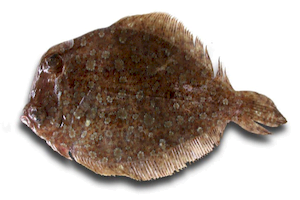
| Despite its rugged outline and rapidly shifting contours, access is possible to almost every part of the island. Apart from an adequate network of roads, there are dozens of paths leading to every corner of the island. Even where the paths are hard to follow, it is possible to move on through the terraces which cover almost the entire surface of the island, the bequest of generations of intensive agriculture lasting right up to the beginning of the 20th century. Almost all of the island is accessible to hikers on a wide network of paths, most of them in good condition or recently restored and their signage is adequate. Over 40 paths are potentially of special geological, scenic or cultural interest. The most important of them are described here in detail; they are classified into 16 groups. Their numbering corresponds to a hierarchy established according to their assumed interest. The time required to travel along almost all of them is approximately 3 hours of regular hiking for the entire hike. The only more challenging path which is not recommended for children or inexperienced hikers, is the Dracospilo path (12). Some challenges are also posed in parts of paths 13, 14 and 5 (northern section). All relatively accessible and particularly interesting paths have been included in the relevant map available from this website; GPS files with their plotting in EGSA (Hellenic Geodetic System) coordinates, are also available. We advise GPS users to download these files on their computers to allow them to move more confidently and safely on paths lacking adequate signage. The geological aspect of the region of interest to hikers is multi-faceted: Nisyros is the youngest major volcano in Aegean (subaerial products are younger than 150,000 years). It is a unique geological site and a real natural listed monument as:
As regards flora and fauna, all paths are practically equally challenging. Nisyros flora and fauna are of high interest thanks to their volcanic origin and the island’s geographical position. In terms of fauna, it constitutes a migration route of Asian species, traveling to the Hellenic Territory and the Southern Europe in general (in conjunction with other Aegean islands, particularly the ones close to the coastline of Asia Minor). It is situated on the eastern migratory route of birds, being most significant for their migration to Greece and Asia Minor. The recorded presence of 450 flora species, 85 avifauna species and 7 reptile species, as well as the presence of the Monachus-monachus seal at the coast of the island, make it a place worthy of particular interest. Blessed by olive, almond and fig trees as well as oak trees, terebinths and kermes oaks, Nisyros is deservedly named the ‘green volcano of Aegean’. Lavender, bell-flower of Nisyros, wild orchids and hundreds of other flower species are blended in a magnificent imagery – especially in spring. The large lizards of the ‘agame stelio’ species, chalkokourouna (commonly known as karakaxa in Nisyros), partridges, but also bonelli’s eagle, long-legged buzzard and dozens other birds will become your hiking companions. The southern slopes of the volcano are more ‘deforestated’ due to climatic conditions, geology and uncontrolled grazing. Download the free android app for your device OruxMapDownload the complete trails vector map for OruxMap or similar: Nisyros Trails KML file (you will find the single path file in every path description) |




























































































































































































































